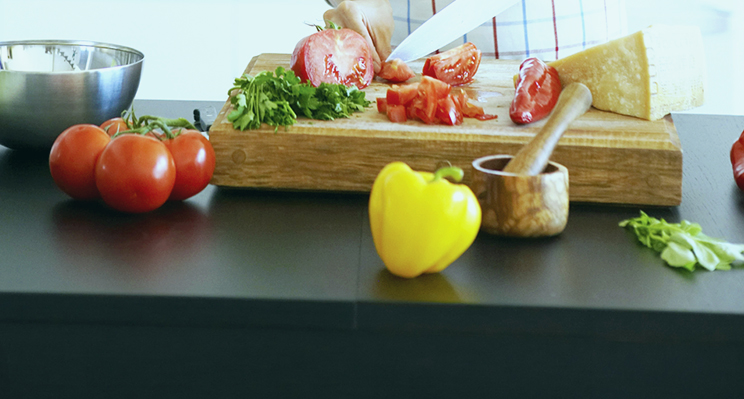 Staying healthy and maintain a healthy gut is not just about what we eat but also about how physically active we are too. With an ever increasing technological society we have become less and less active as time has moved forward. Things like lifts and escalators mean we don’t need to use the stairs or drive through car washes instead of manual carwashes all factor into us being less active. Even things such as electric tin openers reduce the amount of energy we expend on a daily basis. This all contributes to not only our overall health but also our gut health.
Staying healthy and maintain a healthy gut is not just about what we eat but also about how physically active we are too. With an ever increasing technological society we have become less and less active as time has moved forward. Things like lifts and escalators mean we don’t need to use the stairs or drive through car washes instead of manual carwashes all factor into us being less active. Even things such as electric tin openers reduce the amount of energy we expend on a daily basis. This all contributes to not only our overall health but also our gut health.
You may be unaware but not only does exercise keep you nice a toned but it also helps us internally. For example if we consume more energy than we are expending, it is stored as fat. Fat can build up as cholesterol along the arteries which will cause the blood flow to be reduced and potentially cause a heart attack if the artery becomes fully blocked. Exercise also helps to maintain the muscles within our internal organs for example in our intestines muscles are required for peristalsis (the movements of food down the digestive tract).
Exercise helps our digestive system as it help reduce transit time (i.e. the length of time it takes food to move through the large intestine). The reason a faster transit time is better for us is less water is absorbed from the stool into your body and therefore your waste food won’t become dry and hard to pass which essentially is what causes constipation. Exercise along with a healthy fibrous diet may help with constipation as it will help to stimulate the natural contraction of intestinal muscles therefore ensuring the stool moves more efficiently through your digestive tract. Therefore lack of exercise may make our digestive system feel sluggish.
The government’s recommendations are to exercise for thirty minutes five times a week. Whilst these seem quite a while to spend exercising within your daily routine this thirty minutes doesn’t actually have to be for example going to the gym or participating in sport. It could be as little as walking to work instead of catching the bus, going up the stairs instead of the lift or going for a walk over lunch.
If you plan on going to the gym or doing a class it is good to plan when you are going to eat after a big meal, give your body a chance to digest it before you start jumping around! Therefore it is advised to wait around an hour after a big meal before engaging in any rigorous physical activity. This is also be after eating, blood flow increases to the stomach and intestines to help the body digest the food. However, if you exercise right after eating, the blood flows toward the heart and muscles instead. Since the strength of the gut’s muscle contractions directly relate to the quantity of blood flowing in the area, less blood in the GI tract means weaker intestinal contractions, fewer digestive enzymes, and the food waste moving sluggishly through the intestine. This can lead to bloating, excess gas, and constipation.

